The grey parrot is an old-world parrot from the family of Psittacidae. Grey parrot is also known as African Grey Parrot or Congo African grey or Congo Grey Parrot. In Pakistan, it’s known as Africa Gray Parrot. It is found all over the world people like to keep it because of its unique traits and looks. Let’s learn more about it.
You can check African parrot prices in Pakistan details here.
African Grey Parrots Voices
Following are qualities you must know before buying An African Grey
African Grey Parrot Facts
The average weight of an African grey parrot is between 400 and 550 grams, with males tending to be slightly heavier than females.
African grey parrots are medium-sized birds, typically measuring around 12 to 14 inches (30 to 36 centimeters) in length from their beak to the tip of their tail feathers.
These parrots have a wingspan of approximately 18 to 20 inches (46 to 51 centimeters), allowing them to soar gracefully through the air.
African grey parrots are known for their impressive intelligence and exceptional mimicry skills, often learning and imitating a wide range of sounds and human speech.
Average Weight and Size
The Grey parrot is a very attractive bird in the parrot’s family. Its medium size, color is a dominantly grey and black-billed parrot. Grey parrot’s heads and bodies have white edges. It has wide wings almost 52cm long when fully open. The Grey parrot’s head is light grey while its wings are darker than its body. Congo Grey Parrot weighs almost 400g and its length is 13 inches.
Origin of African Congo Grey Parrot
Congo African Grey Parrot mainly belongs to Africa and its region is surrounded by Angola, Cameroon, Congo, Ghana, Kenya, Uganda, and Coastal Areas. Their favorite place to live in the dense forests of Africa. Grey parrots are found in open areas of Angola, Uganda, and sometimes edges of forests.
Grey Parrot Age
Congo grey parrot or Congo African Gray Parrot age in the wild is not much longer as compared to captivity. In the wild, Gray parrots age wild almost 25 years while in captivity, grey parrots may live up to 60 years.
Parrot Behavior
African greys are very intelligent and social parrots in parrot species. They demand love, care, affection, and time to spend with them from their owner and this species of parrots, also known as sociable grey parrots.
But if the owner ignores the African grey, not to spend time with them, then African grays get bored and depressed become angry, and start scratching through their beak. So as an owner, you must spend time with your grey parrots to keep them cool and mentally relaxing.
Important Difference to Note
Adult grey parrots and Juveniles Grey parrots are similar to each other in all aspects, like color, wings. The difference between adult African Congo grey parrot and juveniles is that adult eyes are dark grey to black. In adults, yellow irises around dark pupils, and the tail becomes tinged with grey. The weight of the Adult Grey Parrot is around 530 g while juvenile grey parrots are lighter in weight.
How to know Gender
Female African Grey is smaller in size and more slender when compared to male. The male grey parrot has a short neck and less slender middle section of the neck while the female grey parrot has a longer neck and a rounder head. Male Congo African grey has a flat head.
Breeding Age
African gray parrots at age of 4 years become mature and able to breed. Sometimes, they breed and have fertile eggs at the age of 3 years. Their breeding operations on a commercial basis occur in South Africa, where more greys are hatched than in the whole USA.
Breeding Season of African Congo Grey Parrot
African grey breeding season is almost 6 to 7 months. In a breeding season, grey parrots breed 2 times or 2 clutches. The breeding season of grey parrots may start from November to April.
Number of Eggs in a Single Clutch
Most people ask how many eggs lay a grey parrot in a single clutch. So for those persons, African grey lay 3 to 5 eggs in a single clutch, and in these 3 to 5 eggs, sometimes 2 to 4 eggs or sometimes 1 to 3 eggs fertile and babies hatch from them. In a breeding season, congo African gray parrots have 2 clutches.
Incubation Period of this Bird
African grey lay 3 to 5 eggs in a single clutch and then incubate the eggs in 28-30 days. During the incubation period, adults sit outside the nest in the wild and outside the box in captivity for defending against outside dangers.
Cage Size for this Bird
Grey parrots feel relaxed and happy with adequate space for fly, enough space to open their feathers. African grey cage size minimum (L x W x H) (2 Feet x 2 Feet x 4 Feet). More than this space, your gray parrot will be happy with their toys, enjoy, and have a lot of fun.
Grey Parrot Diet
The Diet of African grey are fruits, nuts, seeds, and vegetables. Gray parrots mostly prefer oil palm fruit, eat tree bark, insects, and snails. In the wild, African gray parrots are partially ground feeders.
While in captivity, Grey parrots may feed bird pellets, different types of fruits and vegetables like cucumber, peas, carrot, cooked potato, orange, pomegranate, apple, banana, beans. In captivity,
How To Train African Grey Parrot
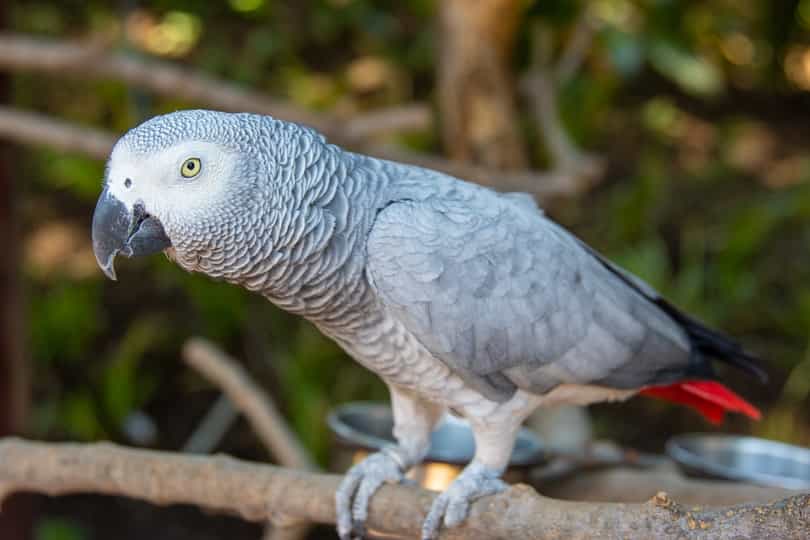
There are some species of parrots that are able to speak the words, interact with owners, and talk to them. African grey is one of them. If you have a grey parrot and you want to train your parrot and does not know how to start and where to start, then follow these simple steps to train your African Gray Parrot:
Make Bonding With Parrot
Make bonding and establish a level of trust with your African Gray Parrot. It’s very compulsory to start training your parrot. Spend time with your grey parrot, whistling with your parrot, and make your parrot feel free. As when your grey parrot sits on your finger and comes out of the cage then the trust level is established. Now you can train and teach your Congo Grey Parrot.
Words Selection To Teach African Grey
Word selection is a very important factor in teaching African Grey. You must choose short words, which are easily caught by your grey parrot. For example, Hi, Hello, Bye, Okay, your grey parrot nickname is also an attractive word for your parrot.
You must take care of your tone when you speak words for your grey parrot. Your tone must be affectionate and full of happiness and a smile on your face. With all these things, your parrot will pick up your words more fastly and start pronouncing your spoken words.
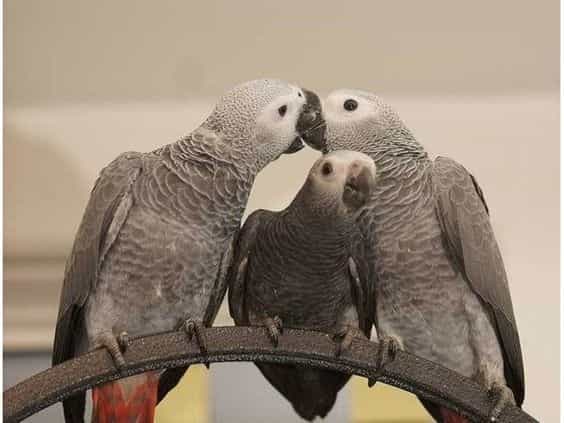
Repeat The Word To Your Grey Parrot
When you start to teach your grey parrot, you get to know that your Grey parrot picks which word very quickly, so you repeat that word to your parrot, again and again, your grey parrot will respond to you as you speak the word. It’s good practice for your parrot and also encourages gray parrots.
Sometimes owners use some other sources to teach their gray parrots, like videos play on, sometimes Tape recorder play on, although these medium are helpful in teaching these never replace owner and grey parrot interaction when you train your gray parrot, you must get to know when your parrot gets angry, which word makes grey parrot happy.
Teach Climbing African Gray Parrot
Along with teaching words to your grey parrot, you must also teach some physical activities like sit on a stick, climb on baby stairs, sit on your shoulder. All these activities are also helpful and keep the parrot happy and in a joyful mood.
Keep Positive Energy While Training African Grey
Make a daily routine to train your grey parrot and spend time daily. Sometimes gray parrots pick up your words and start repeating quickly, but sometimes it takes a lot of time, sometimes years to speak the 1st word. In such a scenario, you must try to teach your grey parrot some other activities like whistling.
With love, care and patience, make your African parrot learn the words which you teach.
African Gray Parrot Pictures
Following are the selective pictures for the African Gray Parrot
Diseases in African Grey And Treatments

Grey parrots, although have strong immunity against different diseases and bacteria, weather resistance, can bear summer heat even then Grey parrots may be infected by a bacterial infection which may cause your parrot to be ill.
Some signs and symptoms may easily be look in sick like
- Discolored droppings
- Discharge from nose and eyes
- Laziness, lethargic, sleepy
- Diarrhea
- Suffering fever
African grey may suffer different kinds of disease. Here some diseases of grey parrots discuss:
- Behavioral Problem In Grey Parrot
- Psittacine Feather Beak Disease (PFBD) In African Gray Parrot
- Deficiency of Calcium In Congo Grey Parrot
- Obesity In African Grey
- Goiter In Grey Parrot
- Fatty Liver Disease In Congo Grey Parrot
- Nasal Blockage ( Fungal Infection, Malnutrition) Disease in African Grey
Behavioral Problem
Grey Parrot needs care, attention, love, and time to spend. If you ignore it, then Grey parrots become depressed and aggressive and due to ignoring your bird, grey parrots react to feather plucking, beak damage, sometimes African Gray Parrot may damage eggs and not respond to you properly.
Psittacine Feather Beak Disease (PBFD)
PBFD stands for Psittacine Beak and Feather Disease. This disease may appear in African Grey from the age of 6 months to 3 years mostly. In this disease, your bird starts damaging feathers and beaks and even nails go down.
During this disease, grey parrot feathers firstly become dull and start falling, moreover if disease intensity increases then the beak also becomes rough and tough and looks very bad.
This condition for Grey Parrot is very painful and in this condition, other disease or viral infection may overcome the parrot. If this becomes severe then Congo African Gray Parrot may die.
Deficiency of Calcium
Calcium deficiency is the major issue behind many diseases. Grey parrots need sufficient sunlight daily so far to prevent diseases. Even if your gray parrot is near a window, the direct sunlight is not providing your parrot sufficient light. Windows block sunlight UVA & UVB which is necessarily needed for Vitamin D and helpful for bones.
Obesity in African Grey
Obesity is a major disease in which African grey may suffer. Some people think that the fatty grey parrot is good-looking but in another sense, it’s a disease in which grey parrot is prone to fatty tumors which grow inside the abdominal area. Obesity in African Gray Parrots can cause serious diseases like fatty liver which leads to death.
Goiter In African Congo Grey Parrot
Goiter is the disease in Congo grey parrots which are born due to deficiency of Iodine in Food. Due to iodine deficiency, grey parrots feel difficulty in taking a breath and also face problems in swallowing the food. One reason behind this disease is to use only seeds as food for your grey parrot.
Fatty Liver Disease
In Grey Parrot fatty liver disease may be affected and in this disease, liver healthy organs replaced by fat and liver size start to increase. As the liver size increases, it may press inside other organs and African grey may feel trouble in breathing. In the last stage of Fatty liver disease, liver failure occurs.
Nasal Blockage or Malnutrition in Grey Parrot
Malnutrition in Grey parrots may occur due to deficiency of Calcium, it is also called Hypocalcemia. Another reason for this disease may be the lack of correct balance of Ca/P in food or lack of sufficient amount of sunlight because of this, the Grey parrot discharges oil from the uropygial gland over feathers.
Treatment In African Grey
In the first step, we discuss diseases in African grey in which it suffers. Now we discuss the treatment of different diseases.
How To Handle Behavioral Change In African Grey
African greyare very loving and affectionate birds. When you will not spend proper time with your parrot and ignore Congo grey parrot, then this issue creates, as discussed above.
The solution to this problem is to spend proper time daily with your grey parrot, play with your parrot, and speak different words like Hi, Hello, Bye with your grey parrot. After doing all these efforts, you will see the change in your parrot behavior, your Congo grey parrot will start responding to you, and feel happy.
How to treat PBFD Disease in African Grey
As discussed in Diseases of African Gray Parrot, PBFD disease stands for Psittacine Beak and Feather Disease. Now we discuss how to handle PBFD. Following steps should be taken:
Diagnosing Psittacine Beak and Feather Disease (PBFD)
Some experienced veterinarians have a strong belief that African grey parrots suffer from PBFD disease just by appearance and age. While it’s not the proper procedure to diagnose PBFD disease. So veterinarian may suggest a PCR test from the blood of your parrot or some take swabs from the mouth of Grey Parrot for testing in the laboratory.
Sometimes there are no signs and symptoms of PBFD disease in your Grey parrot then it is okay and your bird can be part of your other birds at home and may live happily.
While on the other hand if some signs or symptoms may be seen then a complete blood test suggested by your veterinarian which leads to confirmation that your grey parrot may suffer this disease and in the last specific DNA test of PBFD of grey parrot.
Treatment of Psittacine Feather Beak and Feather Disease (PBFD)
It is very sad that there is still no treatment or antiviral medicine for this Psittacine Beak and Feather Disease (PBFD). The treatment of Psittacine Beak and Feather Disease is just to keep the new African grey separate from your birds for almost 2 months. This quarantine period decides that if African gray parrots suffer from this disease then signs and symptoms may reflect. Otherwise, your parrot is fit and fine and can live with other birds.
Vaccination For Psittacine Feather Beak and Feather Disease (PBFD)
There is no vaccination available till now for this Psittacine Beak and Feather Disease (PBFD). Although researches are in progress to develop some preventive type vaccines to secure African Grey from this disease.
Prevention From Psittacine Feather Beak and Feather Disease (PBFD)
After so much researches, all veterinarians reach this decision that if you want to prevent your parrot from Psittacine Beak and Feather Disease (PBFD) then the only way is to keep quarantine your new bird from other your aviary.
Calcium Deficiency Treatment In Congo Grey Parrot
Calcium deficiency in Parrot may occur when no sunlight provides to the parrot or lack of sunlight. Due to this deficiency, grey parrots may become lazy, less food-eating. To overcome calcium deficiency, Vitamin D capsules are used as supplements.
Place your grey parrot in such a place where proper sunlight falls on. Vitamin D containing vegetables and food must be used for calcium deficiency treatment.
Obesity Treatment in Grey Parrot
Obesity treatment in African grey is possible, most veterinarians treat this disease by adding more pellets to diet, fresh fruits, and wheat bread. This diet plan can treat this nutritional disorder in your grey parrot.
Treatment of Malnutrition In Grey Parrot
Malnutrition in Parrot may occur due to lack of calcium or not properly balanced Ca/P in food. Malnutrition in Congo Grey Parrot can be treated by removing calcium deficiency and properly balanced diet and food that have Ca/P in the required proportion.
African Gray Parrot Baby
African grey lay twice in a breeding season and lay 3 to 5 eggs in a single clutch. After completing an incubation period of 30 days, Grey Parrot Baby comes out from the shell. Female Gray Parrot feeds them after 30 to 45 minutes regularly at the start. Feathers start to grow after 4 to 6 weeks of African grey baby.
Hand Feed Congo Grey Parrot Baby
Sometimes as Baby of Parrot comes out from the shell, people pick them up and start to feed by hand to their Grey Parrot Baby. Although it’s a tough job, few people are so expert in this field. They bring up Grey Parrot’s babies from day 1st. Feed them regularly 10 to 12 times daily.
As the hand-fed baby of Grey parrot grows up, they start to tame them also, mimic words, spend time with them and train them properly.
Food For Hand Feed Baby of Congo Grey Parrot
Hand Feed African Congo Grey Parrot baby takes liquids in cereal shape and freshwater after every hour. In the start almost 10 to 15 days, this routine may continue day and night as the baby grey parrot grows up, feeding time may exceed but hand-feeding continues.
At the age of 12 weeks almost when your African grey baby starts weaving feathers, then add some vegetables and fruits in small pieces to prevent your baby from deficiency of iodine and deficiency of calcium.
Diseases in African Grey Baby Parrot
After the birth of an African grey baby, most chances to get disease or infection from weather or some outside pest infection. Like if you feed a baby African parrot more than the diet plan, then its stomach issue may occur. Keep your parrot at normal temperature, not so hot, not so cold.
Feed your baby African gray parrot with a clean and neat spoon or syringe of 10 ccs. Try to avoid injecting all liquid inside your parrot beak, inject slowly as it reaches the stomach.
For avoiding fever, add 2 to 3 drops of Brufen syrup in water and inject through its beak twice a day if African Parrot’s baby gets a fever.
It is highly recommended to consult a Parrot specialist before applying for any medicine
05 Dangers You Need To Know About African Grey

Here are 05 dangers that you must know about African Grey Parrot:
1- Toxic Foods and Substances
- Avocado: The fruit, seed, and leaves of avocado contain a toxin called persin, which can be harmful or even fatal to African Grey parrots.
- Chocolate and Caffeine: These substances contain theobromine and caffeine, which are toxic to birds and can lead to cardiac issues or even death.
- Alcohol: Alcoholic beverages should never be given to African Grey parrots, as their bodies cannot process alcohol, leading to severe health problems.
2- Improper Diet and Nutritional Deficiencies
- Seed-Only Diet: A diet consisting solely of seeds lacks essential nutrients and can result in malnutrition, weakened immune system, and other health issues.
- Lack of Fresh Fruits and Vegetables: A varied diet including fresh fruits and vegetables is crucial for providing necessary vitamins, minerals, and antioxidants.
3- Exposure to Toxic Fumes and Chemicals
- Teflon and Non-Stick Cookware: Overheated Teflon-coated pans release toxic fumes that can be deadly to African Grey parrots. Avoid using such cookware in their vicinity.
- Household Cleaners: Many common household cleaning products contain chemicals that are toxic to birds. Ensure proper ventilation and keep parrots away from areas being cleaned.
4- Emotional Stress and Neglect
- Lack of Social Interaction: African Grey parrots are highly sociable and thrive on social interaction. Neglecting their need for companionship can lead to depression, anxiety, and self-destructive behaviors.
- Loneliness and Boredom: Without mental stimulation and environmental enrichment, African Greys can develop behavioral issues such as feather plucking, screaming, and aggression.
5- Injury and Accidents
- Unsupervised Out-of-Cage Time: African Grey parrots are curious and agile birds, but they can injure themselves if left unsupervised outside their cage. Ensure a safe environment free from hazards.
- Open Windows and Doors: Care must be taken to prevent accidental escapes or injuries through open windows and doors. Screens or bird-safe nets can be used as a protective barrier.
Remember, proper care, a nutritious diet, a safe environment, and regular veterinary check-ups are essential to keep African Grey parrots healthy, happy, and safe from these potential dangers.
FAQs
What Is African Grey Parrot?
The Grey Parrot is also known as Congo Grey Parrot or Congo African Grey Parrot or African Grey Parrot. This parrot has a great memory and the ability to mimic words and with this talent, the African grey parrot is very famous in the Parrot family.
How Long African Grey Parrot Live?
African grey lives almost 23 years in the wild while in captivity their life span may get longer. In captivity, grey parrots live 30 years almost.
Can African Grey Talk?
African grey is very popular in Talking Parrots Family because of its ability to memorize hundreds of words and mimic the words in a normal way. People who tame them spend much of their time with them, to talk with their African gray parrots, with love and care. People start talking with simple words to Grey Parrot like Hi, Hello, Bye.
How many Eggs African Parrot lie In a Single Clutch?
African Grey Parrots lay 3 to 5 eggs in a single clutch.
How Many Times Do African Grey Parrot Breed In Breeding Season?
African Grey breeds twice in a breeding season but people who do work professionally, take 3 times to breed from African Grey in a season. They pick up the eggs under grey parrot as they lay eggs and hatch in incubators or place them under the Green parrot for hatching.
What Is The Breeding Age Of African Gray?
African Grey breeds one time at age of 4 years.
How Much Do African Grey Cost?
African Grey costs vary from age to age. For example, Chick of African grey cost start from 50000 PKR, fully nail, tail fly Okay with the age of 6 months African Grey Parrot about 60000 PKR, Adult grey parrot is about 80000 PKR, Confirm breeder pair with DNA about 2, 80,000 PKR.

Bird Enthusiast
Masters in Counseling & Data Sciences
University of Maryland
Professional Parrots, Pigeons Breeder and Keeper
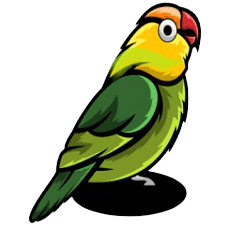
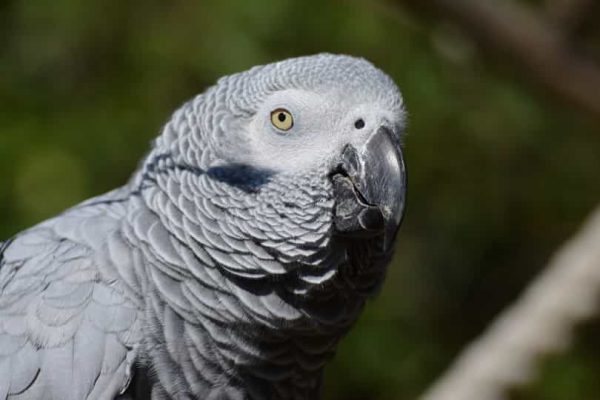
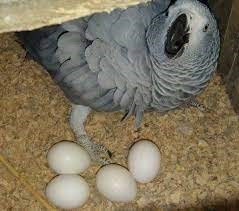
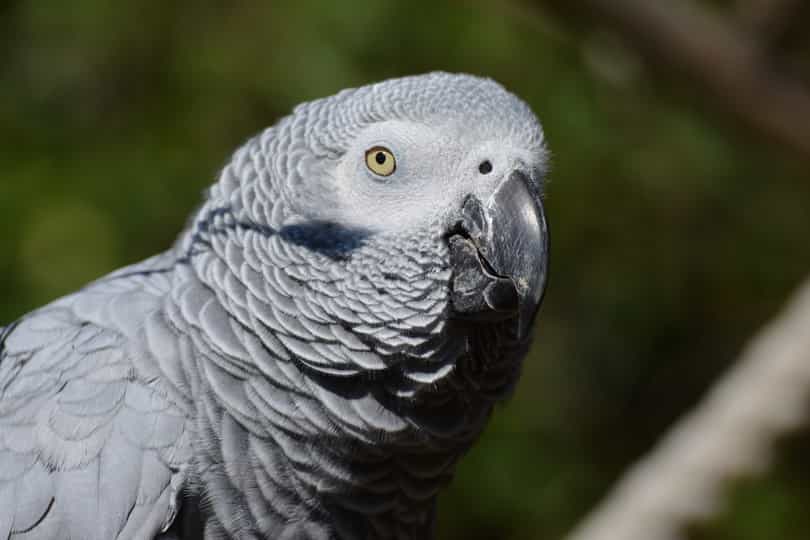
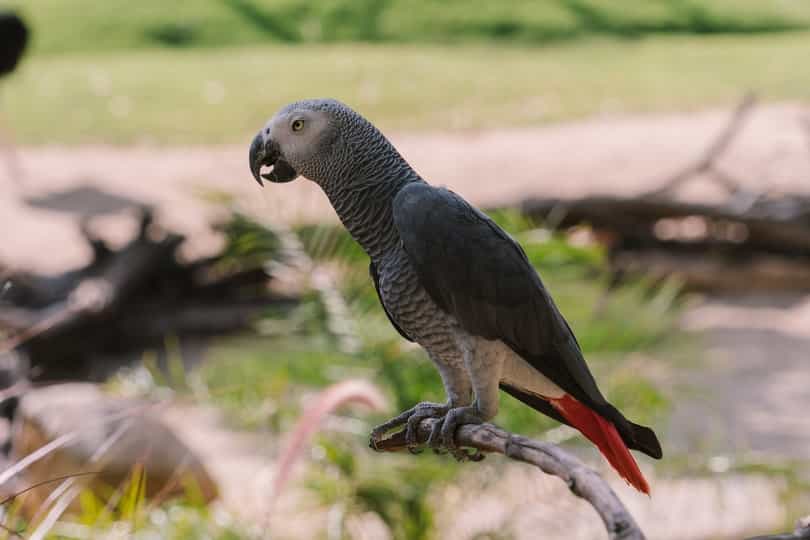
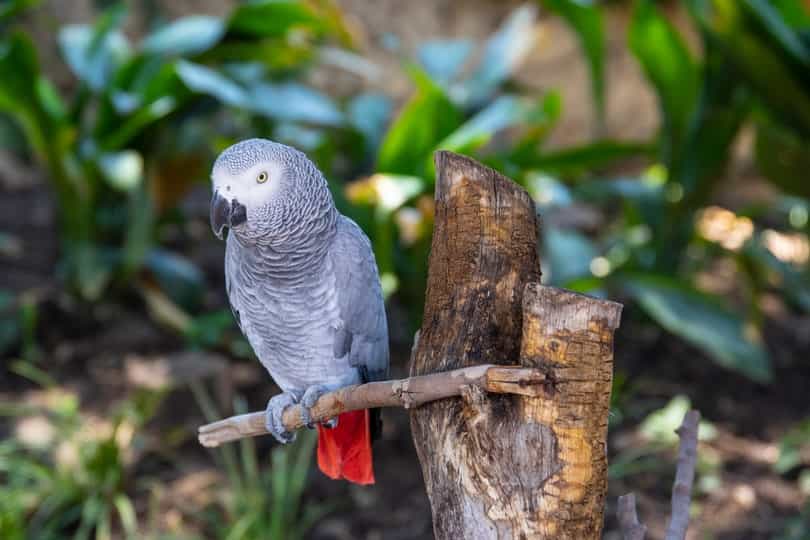


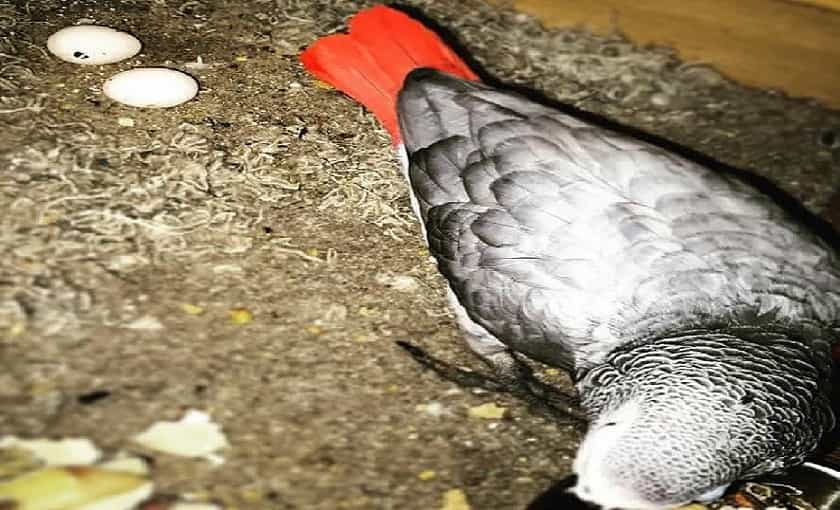
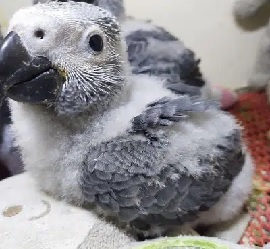
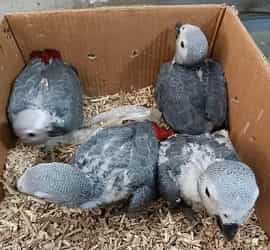
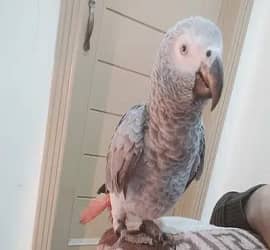
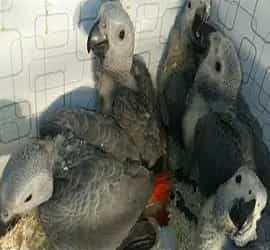
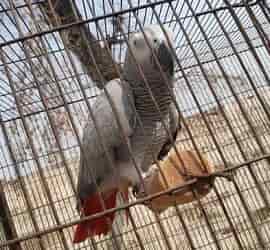
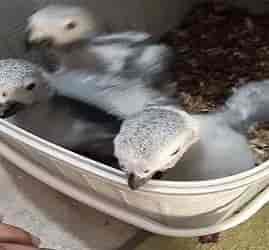

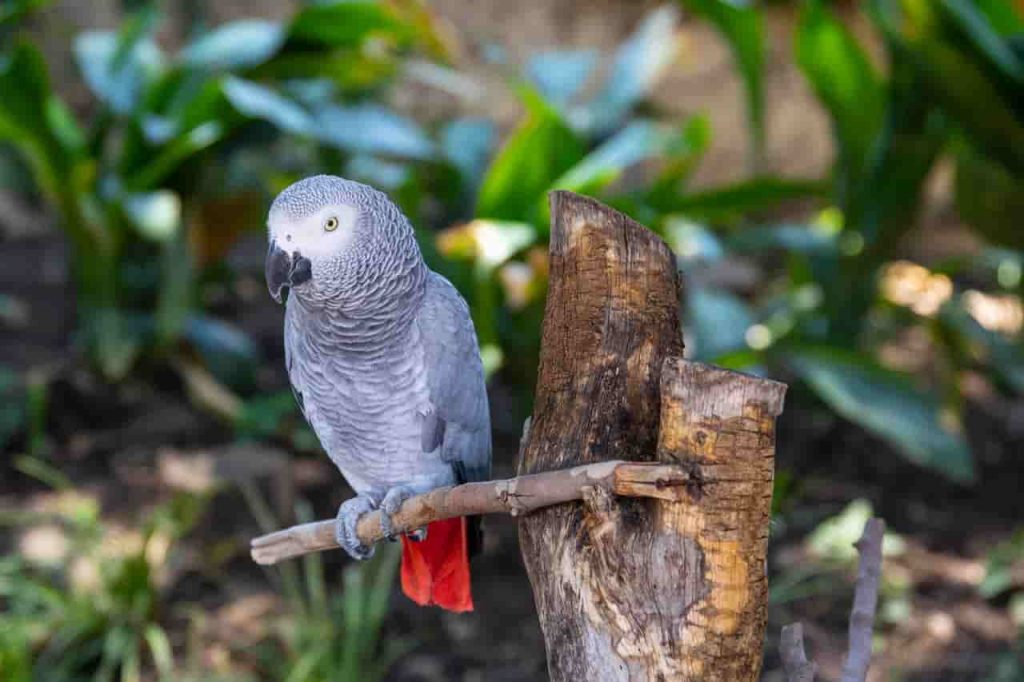

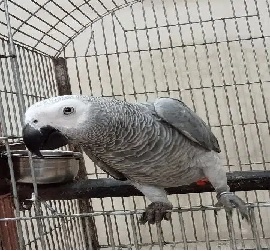
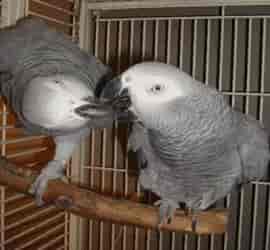
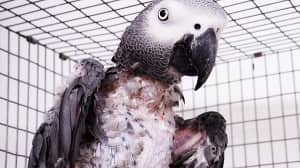

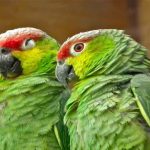


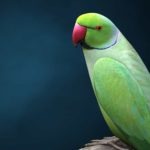
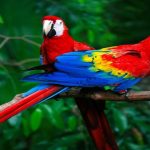
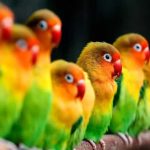
1 thought on “African Grey Parrot Latest Info No One Knew”